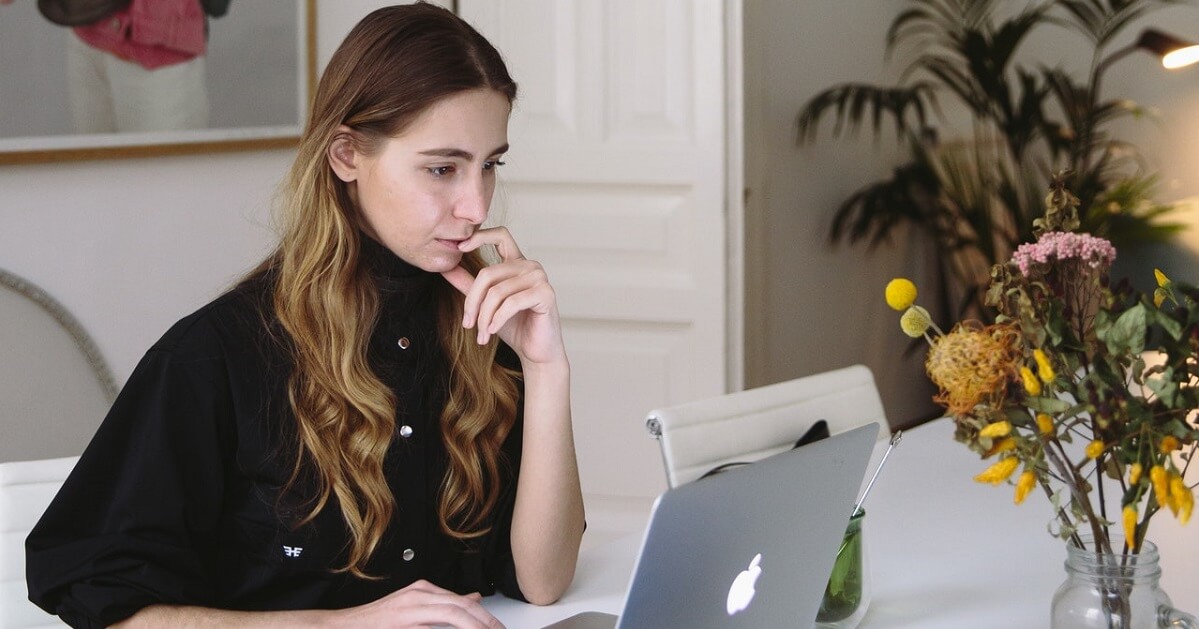
Most teachers look forward to the ritual of setting up their classroom for back to school. Stapling up construction paper on bulletin boards, hanging up posters, organizing books and bins of supplies, and getting things ready for students is something of a ritual. But this year, many classrooms sadly sit empty, and many teachers are teaching from home. Setting up your virtual classroom thoughtfully can help to support your online teaching, as well as provide you with a sense of comfort while working from home. Check out these ideas on designing your virtual classroom:
Set up with a corner or wall behind you
If you’re able to, move your desk or table so that you have a corner or wall behind you. This will help in limiting distractions in the background (family members, pets, windows, who knows what!), but it also allows you to use the walls to hang visual aids, posters, decorations, or showcase student work. You can switch out what’s on the walls regularly based on week or unit of study. You could also hang shelves in the corner or on the wall so you have access to teaching props. And, a wall or corner is useful to hang your green screen, where you can record yourself teaching lessons in front of any photo or video. (Check out this review for the app Green Screen by Do Ink to learn more.) See some neat room setup examples from WeAreTeachers.
Put a whiteboard or poster easel behind you
Similar to the previous tip, use the wall or corner to set up a whiteboard or poster. That way, you’ll always have it handy to write up vocabulary terms, demonstrate concepts, and record student responses either during synchronous instruction over video meetings. It also signals to students a familiar setup from the classroom where most teachers center around the white board.
Have your teaching toolkit ready
Think about your teaching toolkit as both physical and digital. For physical tools, have a bin nearby of manipulatives (ruler, magnetic letters and shapes) and props (globe, models, figurines or other real-world items) for show-and tell instances. For digital tools, if all the tools you use regularly aren’t housed in one place such as your learning management system, you can create a one-stop shop using Symbaloo (also a great tool to set up bookmarks for students)! You might also find classroom management tools such as timers and name selectors to your digital toolbox. If you’re looking for additional recommendations on digital tools for learning, check out “best of” lists by Edutopia and Common Sense Education.
Have good lighting
Unless you want to look like you’re in the witness protection program, figure out how you can be well-lit during all times of the day. Maybe you have great natural light through a window in the morning, but in the afternoon it gets darker. You can set up a light somewhere in front of you, behind your computer monitor, to help light your face. The key is to avoid being backlit with light behind you. Popular with YouTubers, ring lights are a way to provide even lighting with minimal shadows (see the top ring lights of 2020 by CNN). And some videoconference tools like Zoom have a “low lighting” setting that adjusts. Pro tip: If you use Zoom, definitely be sure to check off the “touch up my appearance” setting which softens the light, and evens out skin tone!
Treat yourself to bonus gear
Though you shouldn’t really need too many additional items to transform your home space into your virtual classroom, there are some additional nice-to-haves or just cool gadgets that I’ll call “bonus” because you’d totally be fine without them. From grabbing a pair of blue light blocking glasses to deal with all that additional screen time, to upgrading to a nice desk microphone (the Blue Yeti USB mic has great sound and looks cool), treating yourself to a bonus item could make it more fun and enjoyable. See SSS Teaching for more bonus gear ideas.
Switch up your spot
You’ll have a main spot set up — hopefully with a comfy chair and your teaching aids nearby. But to keep it interesting (for yourself and students), consider rotating your spot every now and then. Maybe it’s your kitchen table (if it’s not already taken!), your couch, porch or backyard. While protecting your privacy, showing students a bit of your home space will help personalize the lack of in-person interaction. Just be sure your wifi reaches those areas, and that there isn’t background noise.
Students need support setting up their learning spaces too. You can share these ideas from Khan Academy with parents on how to set up a productive at-home learning space for kids.
Categorized as: Tips for Teachers and Classroom Resources
Tagged as: Nesting, Online Courses, Online Instructors, Online Learning, Online Teaching
